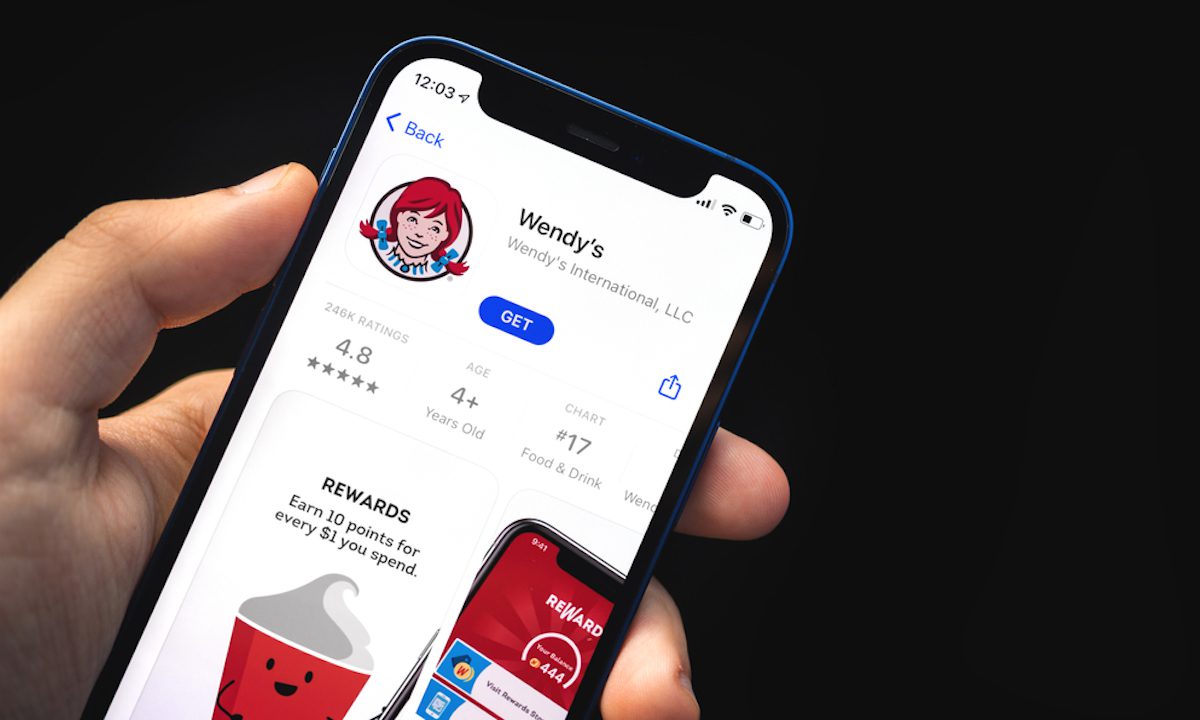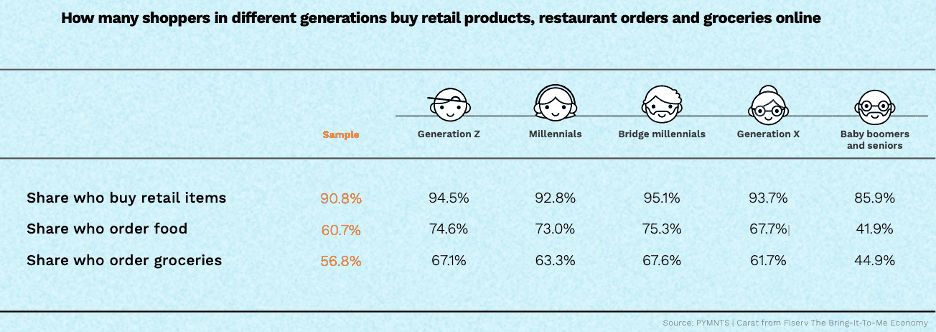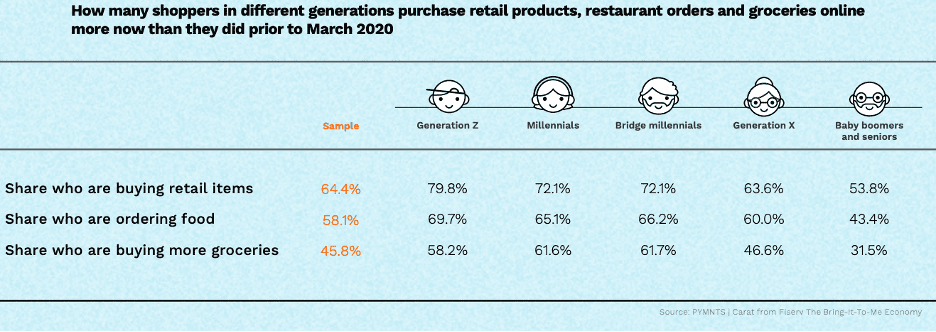Wendy’s-Google Cloud Combo Aims to Level up Digital Offerings at QSRs

To stand out in the rapidly digitizing quick-service restaurant (QSR) space, brands must go beyond simply providing web and mobile ordering tools. It’s a trend that was underscored on Tuesday (Oct. 12) via a new partnership between Wendy’s and Google Cloud that will bring a suite of data analytics, artificial intelligence (AI) and other capabilities aimed at taking the company’s digital game to the next level at its 7,000 locations.
“We believe Google Cloud’s AI/ML and data analytics solutions will enable Wendy’s to innovate ways to create fast, frictionless and fun interactions that redefine the way customers visit and enjoy our restaurants,” Kevin Vasconi, chief information officer at Wendy’s, said in a statement.
The release notes that the partnership could include the use of Google Cloud’s BigQuery data warehouse and its Looker data analysis product, using cloud AI to improve ordering, and its Anthos multi-cloud management tool.
“By bringing together Wendy’s commitment to innovation, with the best of Google technology, we can help build the quick-service restaurant of tomorrow that redefines speed, convenience and quality,” commented Robert Enslin, president of sales at Google Cloud.
The Context
Today’s restaurants are far more digital than they were two years ago. Since the start of the pandemic, ghost kitchens — restaurants available on digital ordering platforms with no consumer-facing presence — have gone from a new niche model to a widely utilized tool, and restaurants’ dining rooms and kitchens are also becoming more digital. Contactless technologies such as QR codes now regularly appear on restaurant tables, and new robotic tools are emerging to provide AI solutions for everyday kitchen tasks.
By the Numbers
Consumers’ changing ordering habits are sending digital sales soaring. Research from the PYMNTS study The Bring-It-to-Me Economy, created in collaboration with Carat from Fiserv, finds that 61% of U.S. consumers are now ordering restaurant-made food online, and 58% are doing so more often than before the start of the pandemic. These numbers are even higher when one looks at the habits of the young consumers who make up restaurants’ future customer base, with about three-quarters of bridge millennials, millennials and Gen Zers ordering food online.


What Industry Insiders Are Saying
“The legacy software out there no longer serves today’s restaurateur who is managing experiences on-site, online, curbside and via delivery,” Doron Friedman, co-founder and chief product officer of SpotOn, a company that, among other offerings, creates restaurant ordering and payment technology, told PYMNTS in an interview. “Having an omnichannel solution will be incredibly important. Owners need a system that connects all aspects of their business, acting as one source of truth across the front of house, the back of house, digital presences and, of course, the customer.”
“Five years from now, I think restaurants in general will be built upon the internet of things,” Andy Wiederhorn, CEO of FAT Brands, the global franchising company behind 14 major restaurant brands including Fatburger, Johnny Rockets and Round Table Pizza, told PYMNTS. “Customers will place an order on their phone or in-store, which will then notify a restaurant’s POS system, which will talk to the grill, who talks to the fryer, who talks to the walk-in fridge, who makes an order to the potato supplier without a manager or cook having to lift a finger.”
Read more: SpotOn Supports Restaurant Recovery With Future-Minded Technology
